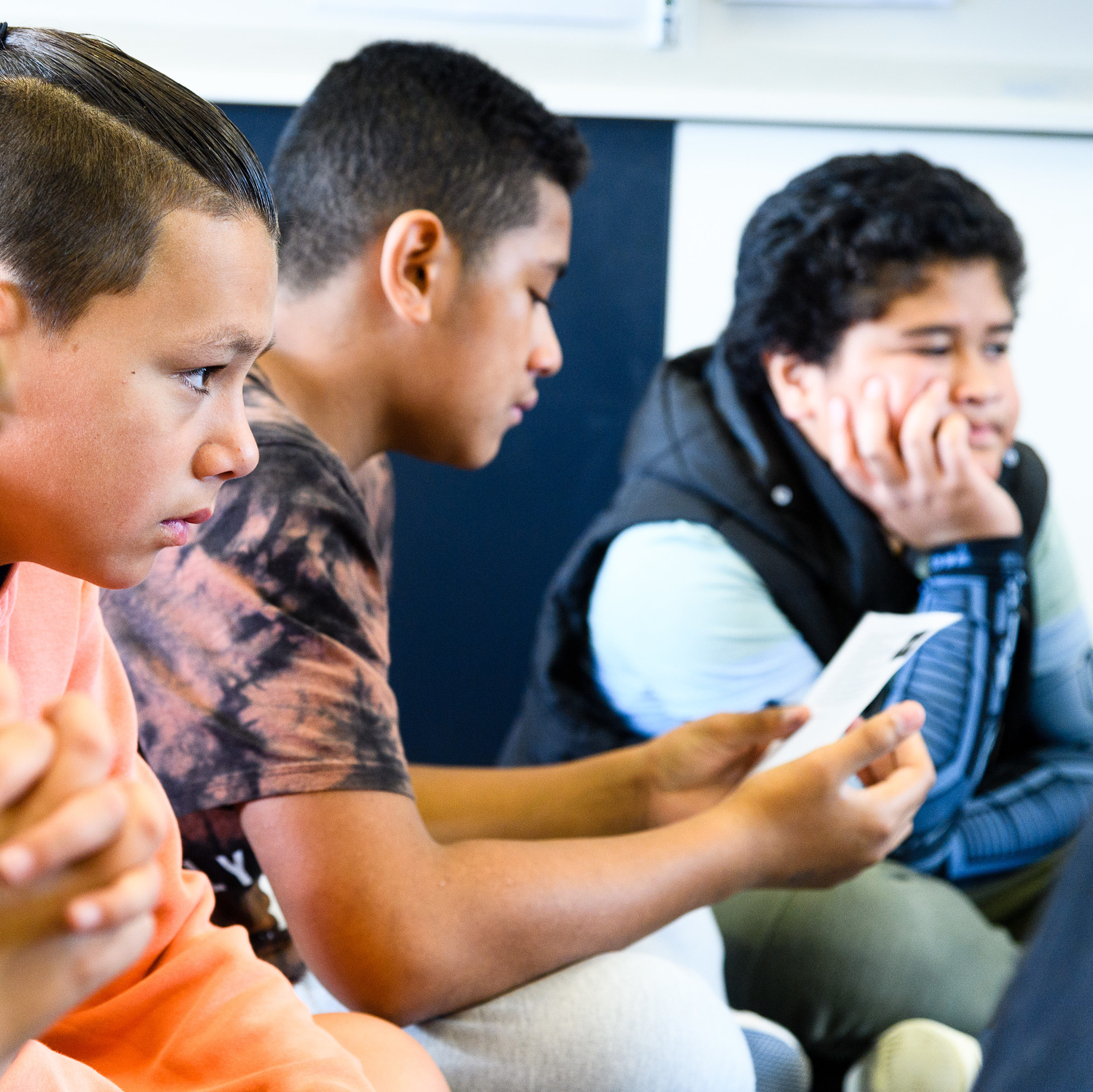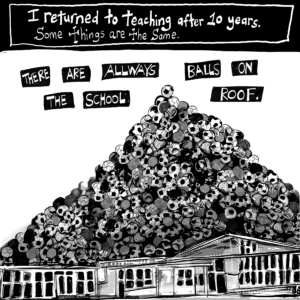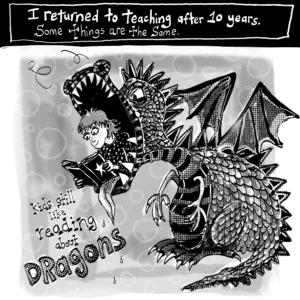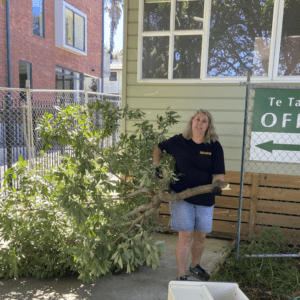“Don’t dis her, man, when she’s taking a risk!” Surprisingly, this quote from a ten-year old boy, was taken from a primary school maths class in South Auckland. “Taking a risk” in this case meant that his female co-learner was bravely suggesting a strategy, asking a question or admitting that she was confused.
A new way of teaching mathematics/pāngarau, called Developing Mathematical Inquiry Communities (DMIC), aims at building a sense of safety in both cultural identity and group problem-solving, and shows strong evidence of accelerated learning after even just one year of practice in schools.
An early evaluation of two classes in a West Auckland school, mostly Māori and Pasifika pupils, showed “extraordinary progress, representing the equivalent of several years’ progress (compared with business-as-usual teaching) in just one year,” says a Best Evidence Synthesis Hei Kete Raukura report, published on-line by the Ministry of Education.1 Significant changes in teacher knowledge, attitude and practice were needed to achieve this result.
“Teachers are reporting shifts … from a focus mostly on teaching skills in math to really knowing their students as learners and teaching to big ideas, posing better tasks, and supporting student meta-cognition through orchestrating discussions,” wrote International Quality Assurance expert Elham Kazemi, Professor of Mathematical Education at the University of Washington. “Students are … viewing mathematics not just about using four operations and learning times tables but also about problems, thinking, and ideas.”
Kazemi visited schools using DMIC in Auckland and Porirua East in 2015 and confirmed the evidence of accelerated learning, as quoted above. More recent (2015-16) PAT maths data from a Porirua East school using DMIC shows student averages rising from those typical for decile one schools, to much higher-than-average scores, with one group reaching decile 8 averages.2 There is also evidence of an improved sense of belonging and reduced bullying across three schools in Porirua East as a result of the method.3

Whānau involvement and support is an important aspect. In shared parent teacher meetings, the parents work with their children and solve complex mathematical tasks. This allows them to understand how their children are learning mathematics. But more importantly, teachers listen and learn from the parents about how maths is used at home in their daily life. Examples from the lives of whānau and families of all ethnicities are collected to help teachers appreciate the mathematical activity of the different ethnic groups and create problems relevant to the home lives of the tamariki/children.
“It’s about making educationally powerful connections to the lives, identities and funds of knowledge the children and their families can bring to mathematics learning,” says Professor Roberta Hunter (known as Bobbie) of Massey University, who did much of the research that underpins DMIC as part of her PhD (completed in 2007).
“All of us from the Pacific nations, we were really good at maths. We navigated by the stars!”
Massey University Professor Roberta (Bobbie) Hunter
“Our Pasifika students, [before using this method] talked about how there’s no maths within their culture. We’ve got quotes, “when I’m doing maths, I have to think of myself as palagi”. We’re teaching them that maths is everywhere, we’re using it constantly. All of us from the Pacific nations, we were really good at maths. We navigated by the stars!”
Isabel Harris (aged 12) of Corinna School offers insight into DMIC as inquiry-based learning, which includes her Māori culture: “I like the way that we ask questions, it inspires us to learn more. I feel proud of doing my language in maths. We’ve done some maths in te reo, and some in Pasifika (languages). I like to support my reo.”
Hangaia Te Urupounamu Pāngarau Mō Tātou is the translation of the name used by Ngai Tahu for the DMIC method.4 A Ngai Tahu kaumatua, former educational psychologist Laurie Loper, used his brother James Stewart Loper’s bequest to bring the method to Christchurch.5
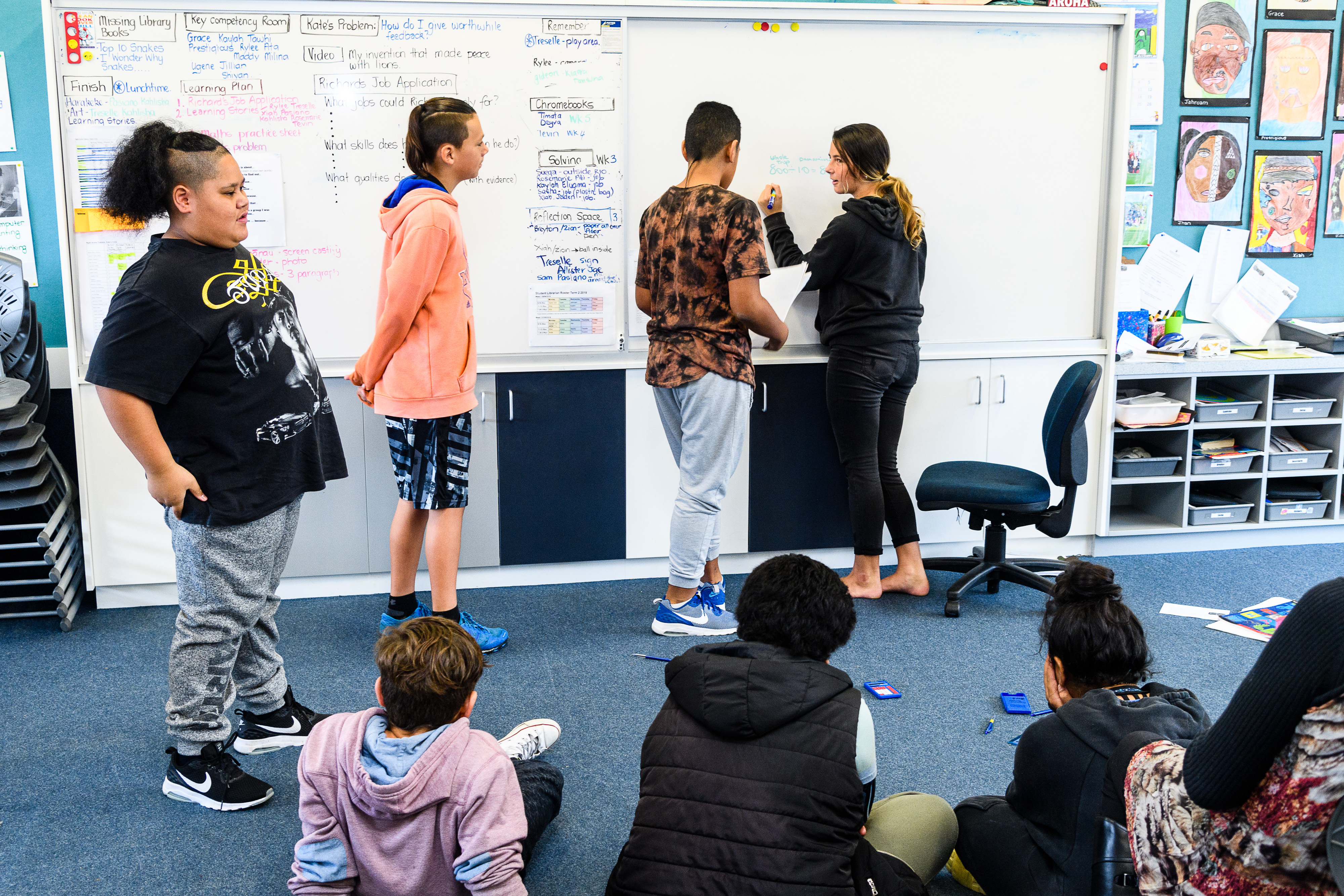
“Education isn’t serving social justice, and we’ve got to change that,” Loper says in a Ministry of Education video. “I’m delighted that something like this is starting to emerge.” Te Runanga o Ngai Tahu supported the introduction of DMIC at Shirley Primary School, which has a high proportion of Māori and Pasifika children.
Students at the school had suffered post-traumatic stress caused by the 2011 earthquakes, and this way of learning lifted their mood, said the school’s recent principal Kylie Piper: “We’ve been working really hard to grow our children, to build that resilience. We see Hangaia Te Urupounamu Pāngarau Mō Tātou as a culturally responsive approach to mathematics, it’s talking about the whole child.”
“It’s amazing sometimes who can come up with an idea that helps the group move forward.”
Corinna School principal Michele Whiting
Once they learn how to teach this way, with support from mentors who work together with teachers in the classroom, many teachers become passionate about the method. “There’s no streaming in DMIC, which is joyous,” says Michele Whiting, principal of Corinna School, Porirua East. “And it’s amazing sometimes who can come up with an idea that helps the group move forward.”
“These group norms, that learning is everybody’s responsibility, and not leaving anyone behind, have been fantastic for all of our learning experiences.” The method is consistent with the curriculum, Michele says: “The front end of the curriculum is all the principles, values, key competencies, pedagogy, use of technology. That’s the mandate for radically changing the way we teach.” Corinna School, which first used DMIC in 2008, now uses the “community of inquiry” way of teaching/learning in all subjects throughout the school.
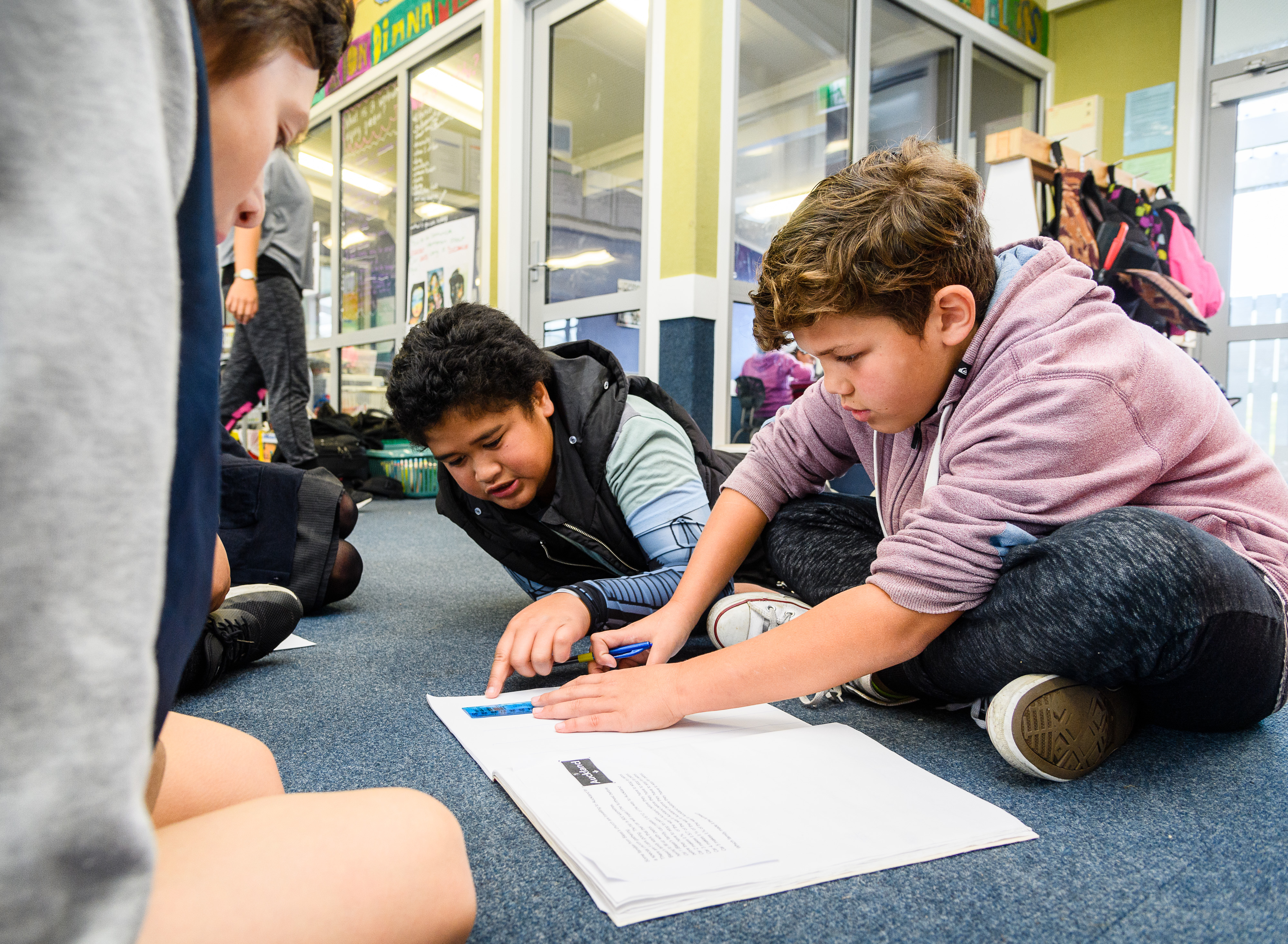
Bobbie and her daughter Dr Jodie Hunter are both of Cook Islands Māori descent – Bobbie’s mother was born on Rakahanga, and their leadership includes cultural expertise. Through their research roles at Massey University, and with Professional Learning & Development funding from the Ministry of Education, Bobbie and her daughter Dr Jodie Hunter now lead a team of mentors who build the understanding and practice of DMIC in over 80 primary, secondary schools and Kahui Ako/Communities of Learning in Auckland, Christchurch, Tauranga, Porirua, Napier and the Gisborne Tai Rāwhiti district.
The Tai Rāwhiti schools are predominantly Māori – Te Kura Kāupapa Māori o Ngā Uri a Māui in Gisborne, Ngata Memorial College at Ruatoria and Tolaga Bay Area School (where the tamariki are mostly of Te Aitanga a Hauiti, Uawa and Ngāti Porou descent).
Evidence shows that, when well-implemented, the method benefits all children. Children learn in groups of mixed ability and mixed ethnicity, which builds understanding between ethnic groups and reduces playground bullying, states a BES report, confirmed by Kazemi.5
“We use a tivaevae framework, developed by Cook Islander Teremoana Hodges, based on five core values,’ says Jodie Hunter. These are taokotai (collaboration), tuakangateitei (respect), uriuri kite (reciprocity), tu inangaro (relationships) and akairi kite (shared vision).6 Reciprocity (ako in Māori) means that children understand that teachers also learn from the classes. Students’ ideas are valued and mistakes are seen as learning opportunities.
Reciprocity (ako in Māori) means that children understand that teachers also learn from the classes.
The DMIC way of teaching is a culturally sustaining system that has commonalities with other work aimed at transforming teacher practice and building equity for Māori, such as that done by Poutama Pounamu (a team based at Waikato University), which builds on the earlier Te Kotahitanga and Kia Eke Panuku Building on Success projects.
This work has also been proven effective and is reaching a growing number of primary schools, secondary schools and Kahui Ako or Communities of Learning, says director Professor Mere Berryman. Poutama Pounamu is working in 25 Kahui Ako and 405 schools nationally, she reported.
“This PD is deliberately about disrupting unconscious bias and using the Treaty of Waitangi principle of mana ōrite as a more useful pathway forward for iwi, pākehā and tauiwi respect and collaboration,’ says Berryman. “If leaders are committed to the principle of Māori success as Māori, as outlined in the strategy document Ka Hikitia, Accelerating Success 2013-2017, they can also understand why cultural identity is important for other ethnicities, especially our recent immigrant groups.”
Poutama Pounamu’s evaluation of DMIC was positive, and the team sees potential benefits for their own work. “When we are working in Kahui Ako where teachers and learners have had an opportunity to engage in DMIC, as they come to our theory of change they see the connection. So there’s potential for that approach to be complementary across the curriculum,” said facilitator Therese Ford.
And Bobbie Hunter also sees commonalities. She says her team has learnt from the Te Kotahitanga model and related Māori equity work, particularly in using structured collaborative leadership strategies across schools to help spread understanding of transformative methods.
Lifting achievement in primary mathematics has been a priority for government since 2015 when international studies showed our standard of achievement was below the international mean. DMIC is a method proven to work across ethnic groups, supporting greater equity and inclusiveness. It works across all curriculum areas, fits well with the values prioritised in recent Education Summits, and ensures our tamariki and children are well prepared for the future.
Students korero: My “maths smarts”
Prestigious Taankink-Puia (12): “Making sure that everyone has a say on what we do, it’s fun. Saying what the numbers represent.”
Melina Selau (10): “Asking a question when I don’t know what they’re doing, taking a risk, sharing my clever ideas. I don’t argue when I work with the people I don’t usually work with, getting to know them more.”
Ugene Tamatoa-Clarke (12): “Sharing my ideas when I’m in my group, listening to other people’s ideas so I can get an idea from the idea, explaining my ideas and making it clearer or explaining it in another way that other people can understand it.”
Grace Tararo (11), Cook Islands: “Asking questions when I don’t get it; listening to other’s ideas; sharing my maths strategy; and asking for help when I don’t get it.”
Anita Ulugia (12): “I love maths. The way we do it at Corinna School, it inspires me to want to do it and it helps your learning. Miss Adele pushes
us and challenges us to go further with our maths, even if we’re struggling and we’ve stopped, she helps us and she encourages us to keep on going.”
Isabel Harris (12), Ngāti Toa, Ngā Puhi: “I like the way that we ask questions, it inspires us to learn more. I feel proud of doing my language in maths. We’ve done some maths in te reo and some in Pasifika [languages].”
Jillian Tupuse (12): “I’m good at including other people in my group ideas so everyone is included and we have more than one option to try so they don’t feel left out. I really need to work on listening to other people.
“What I really find hard about working in a group with people is trying to explain my idea in a way they can understand it. Because it’s really frustrating to keep on explaining it over and over again, but it’s worth trying to make sure everyone understands.”
Jillian’s parents gave her feedback on her learning story: “You’re a shining star, you’re becoming a leader, we’re so proud of you.”
Relationships and empathy are the key
NZEI Te Riu Roa President Lynda Stuart fought hard to get DMIC into May Road School in Mt Roskill, where she is principal (currently on secondment). The school has a roll of 75 percent Pasifika, 10 percent Māori and the rest a “United Nations”, as she says. “We needed that programme.”
DMIC has helped the whole school become more engaged with the various cultural worlds the children live in. “It’s thinking about their prior experiences and knowledge, their family, whānau, aiga – the importance of engaging the whānau in the learning journey of the child, but also the importance of situating the learning within the child’s own context, what they know and understand. It’s just good teaching practice.”
“I’ve seen children who were quite nervous around maths develop a much higher level of confidence, and I think that’s wonderful. We’re teaching children to be more confident, to question, and that questioning’s okay. That’s what we do as adults.”
“We’re teaching children to be more confident, to question, and that questioning’s okay. That’s what we do as adults.”
NZEI Te Riu Roa President Lynda Stuart
Change has been deep and significant. “It’s challenged cross-grouping and ability grouping, and I think rightly so. It’s given teachers the opportunity to think much more flexibly about how they operate with the individual child
around learning. That’s very powerful.”
The DMIC way of teaching works for all children, and has extended beyond maths to other curriculum areas at May Road School, Stuart says. With a “slight increase” in funding for professional development (from $97.014 million in 2017–18 to $110 million in 2018–19) and the new government emphasising a more holistic curriculum, a ‘whole child’ approach and values such as well-being, diversity and belonging, Stuart is hopeful for the future of both DMIC and Māori equity programmes.
“In teaching, relationships are key, that relationship between the child and teacher, or child and support staff. It starts in early childhood, and continues throughout the child’s learning journey. Loving, understanding, accepting, non-judgmental, empathetic. It makes a huge difference.”
1. Alton-Lee, Hunter, Sinnema & Pulegatoa-Diggins (2003), p1.
2.Stringer (2017)
3. Kazemi (2015)
4. Former teacher Victor Manawatu developed the name and is happy for it to be widely used (Interview 25.5.18.)
5. Alton-Lee (2017) p16-17
6. Aue Te Ava, A & Rubie-Davis, C (2011), p117-128
